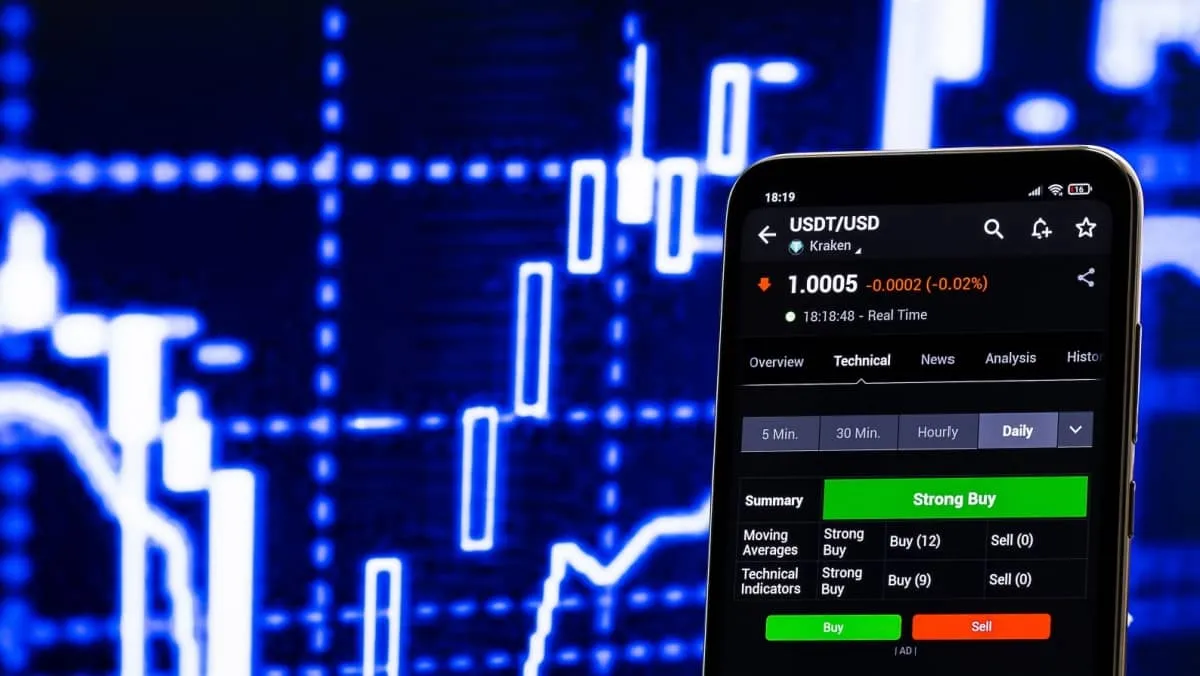As the CFD trading market continues to expand rapidly, more platforms are encountering the same challenges: limited access to traditional payment methods, poor user deposit experience, and difficulties with global compliance. This is especially true for platforms serving emerging markets such as Asia, Latin America, and the Middle East, where integrating USDT payments has become a key solution for improving both operational efficiency and user satisfaction.
In this guide, we’ll walk you through how CFD trading platforms can quickly set up USDT payments using the BlockATM gateway.
Why USDT Payments Matter for CFD Platforms
1. Limited Access to Traditional Payment Methods
Many CFD platforms face restrictions when trying to integrate with credit card processors (like VISA/MasterCard) or local banking systems. This often results in failed user deposits and lost customers.
2. Growing Preference for Crypto Payments
USDT (Tether), one of the most widely used stablecoins globally, is particularly popular among international traders. It allows for fast, borderless deposits without relying on banks.
3. Reduced Compliance Burden
USDT transactions don’t require traditional bank accounts, helping platforms lower the risk of account freezes and navigate regulations in high-risk industries more easily.
4. Simplified Fund Management and Reconciliation
Each USDT transaction can be tied to a unique wallet address. The system automatically matches deposits with users and orders, streamlining reconciliation and audit processes.
Step 1: Integrate the BlockATM Payment SDK
Add the following code snippet to your frontend to load the BlockATM Web SDK:
<script src="https://pay.blockatm.net/libs/v2/BlockATM.umd.js?apiKey=[API_KEY]"></script>
Replace [API_KEY] with the actual API key you receive after registering your merchant account with BlockATM.
Tip: Once you’ve signed up and received your API key, you can start testing the integration right away.
Step 2: Sign the Payment URL to Prevent Unauthorized Access
To ensure secure payment requests, each URL must be digitally signed on the backend before being displayed.
Here’s how the signing process works:
1. Prepare the base payment URL:
https://cashier.blockatm.com?apiKey=pk_xxx¤cyCode=usdt&walletAddress=0xabc…
2. Generate a signature on the backend
Use your Secret Key to create an HMAC-SHA256 hash of the URL parameters.
3. Append the signature to the URL
Add the generated signature as a query parameter at the end of the URL.
4. Use the signed URL on the frontend
This URL can now safely be embedded into your payment buttons, modals, or components.
Example (Node.js):
import crypto from 'crypto';
import { URL } from 'url';
const originalUrl = 'https://cashier.blockatm.com?apiKey=pk_xxx¤cyCode=usdt&walletAddress=0xabc...';
const secretKey = 'sck_xxx'; // Your Secret Key
const urlObj = new URL(originalUrl);
const params = urlObj.searchParams;
params.forEach((v, k) => params.set(k, encodeURIComponent(v)));
const signature = crypto.createHmac('sha256', secretKey)
.update(params.toString())
.digest('hex');
urlObj.searchParams.set('signature', signature);
console.log('Signed URL:\n' + urlObj.toString());
Step 3: Load the Payment Component and Accept Deposits
You can embed the signed URL into your payment button, a modal window, or an iframe. Alternatively, you can use the SDK’s built-in methods to load the payment component directly onto your page. BlockATM supports multiple blockchain networks including USDT-TRC20 and USDT-ERC20.
Final Thoughts
Integrating USDT payments takes just three simple steps:
- Load the SDK on the frontend
- Sign the payment URL on the backend
- Display the payment component for users to complete deposits
For CFD trading platforms, enabling USDT payments helps unlock access to a broader user base, bypass traditional banking restrictions, and significantly enhance deposit efficiency.
If you need full API documentation, QR code payment options, webhook integration guides, or technical assistance, feel free to reach out to BlockATM’s support team.
